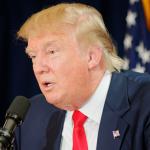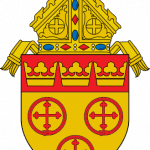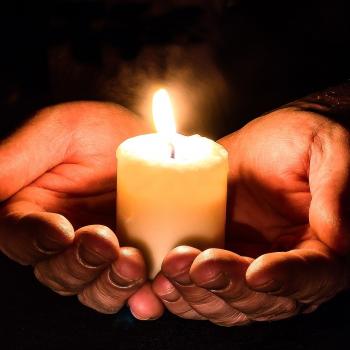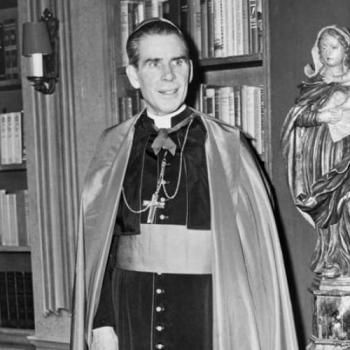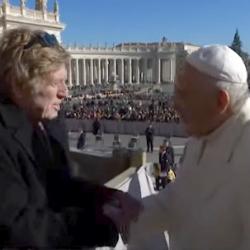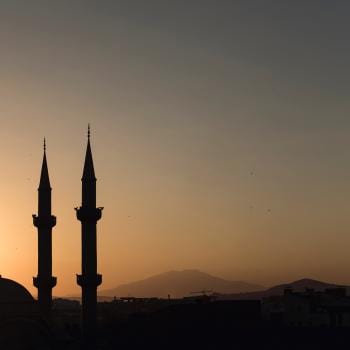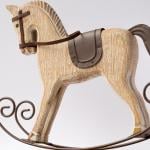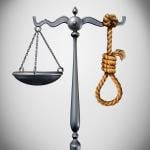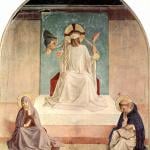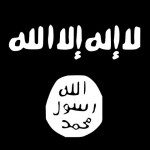Over at The National Catholic Register, Kevin di Camillo is wondering why more permanent deacons don’t serve Mass in the Extraordinary Form:
While the implementation of many, many changes of Vatican II had a tough time of it, as most changes to ancient institutions do, the formation of Deacons is one of the few outright success stories, despite some flaws in the formation process which weren’t fully hammered out until theNational Directory for the Formation, Ministry and Life of Permanent Deacons in the United States of 2005. (At least in the United States. The Diaconate in the rest of the world is still kind of spotty). And even in the U.S. not every diocese has an active diaconate program; this is left up to the discretion of the local ordinary.
…But to put the number of deacons in perspective: there are almost as many deacons in the United States as there are Jesuits (the largest religious society) in the entire world.
So with the restoration of the Latin Mass in 2007 by Benedict XVI’s motu proprio “Summorum Pontificum” I was hoping that this would be a match-made for the F.S.S.P., the Canons of St. John Cantius, and the Institute of Christ the King Sovereign Priest (all groups who can be proud of their own growth) and the large number of deacons, since to celebrate High Solemn Mass (as mentioned above) you need a deacon.
Not for the first time, I was wrong.
The deacons I’ve worked with—and I’ve edited a dozen books by deacons, who were all good, well-educated and informed men who love the Church they serve—have absolutely no interest in serving at the Latin Mass. These deacon-authors who have doctorates in theology tend to take exception with the ecclesiology that the reified Latin Mass proposes: namely, that it is priest-centric, and that, using the Holy Books of 1962, there’s no “place” for a permanent deacon—despite the fact that you can’t celebrate Solemn High Mass without a deacon.
Photo: Wikipedia

